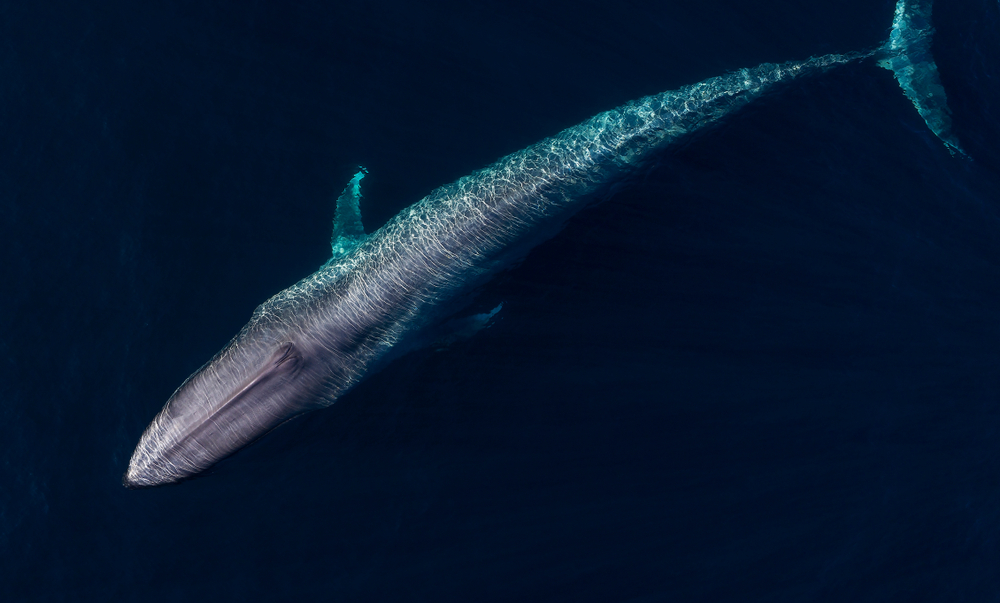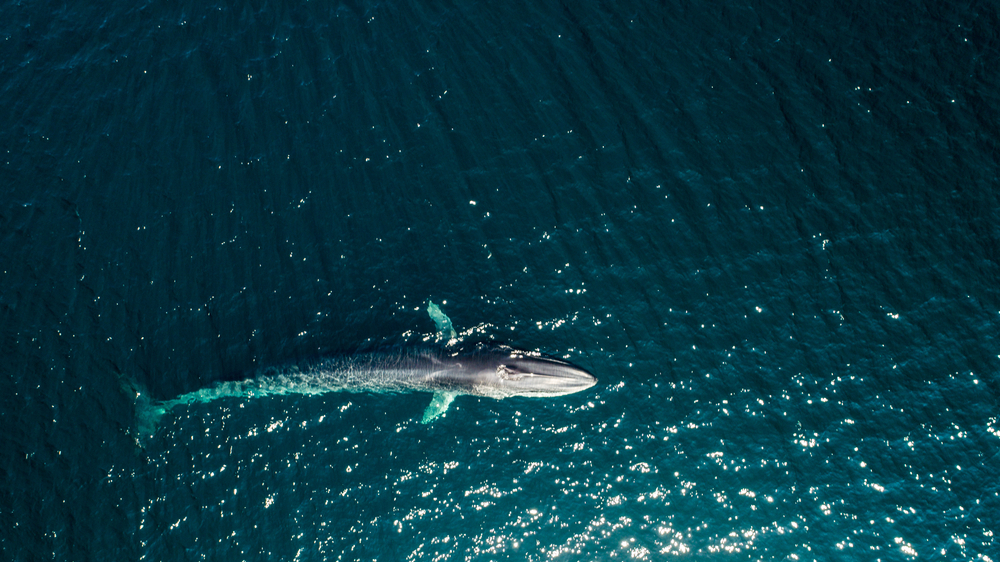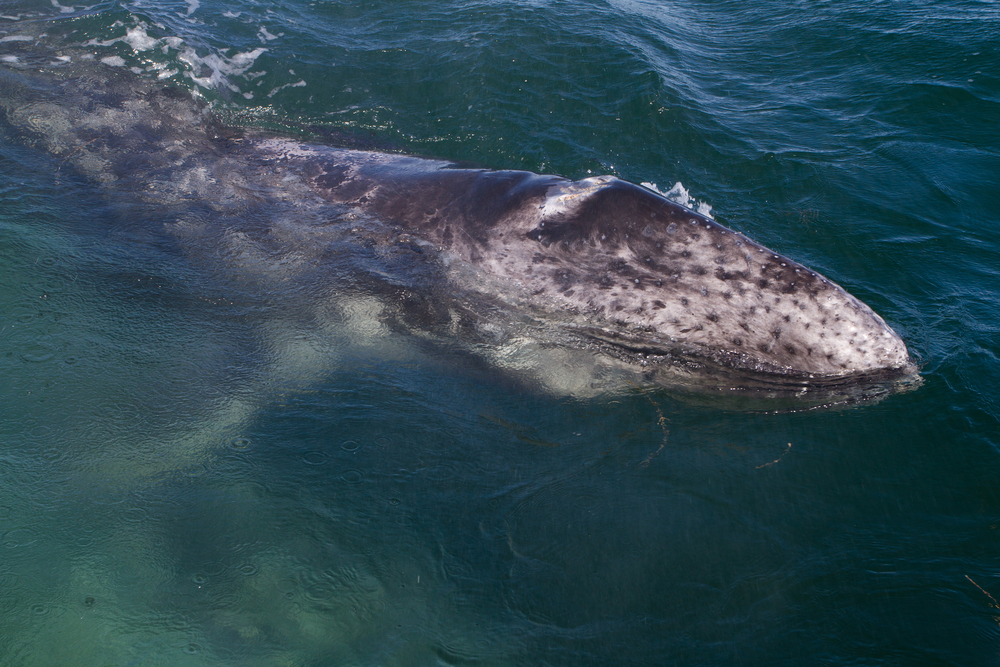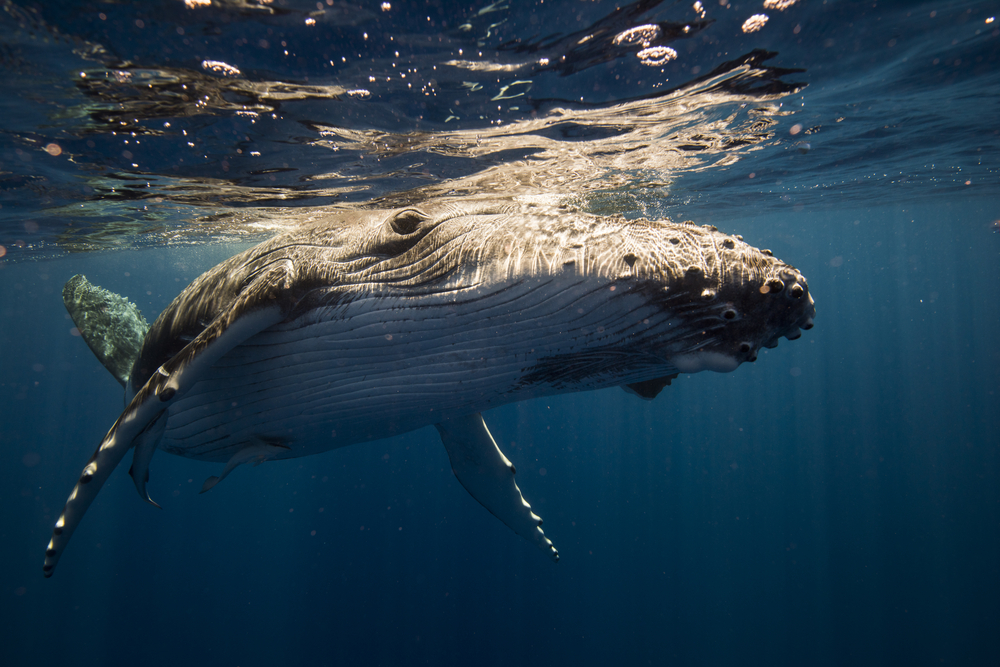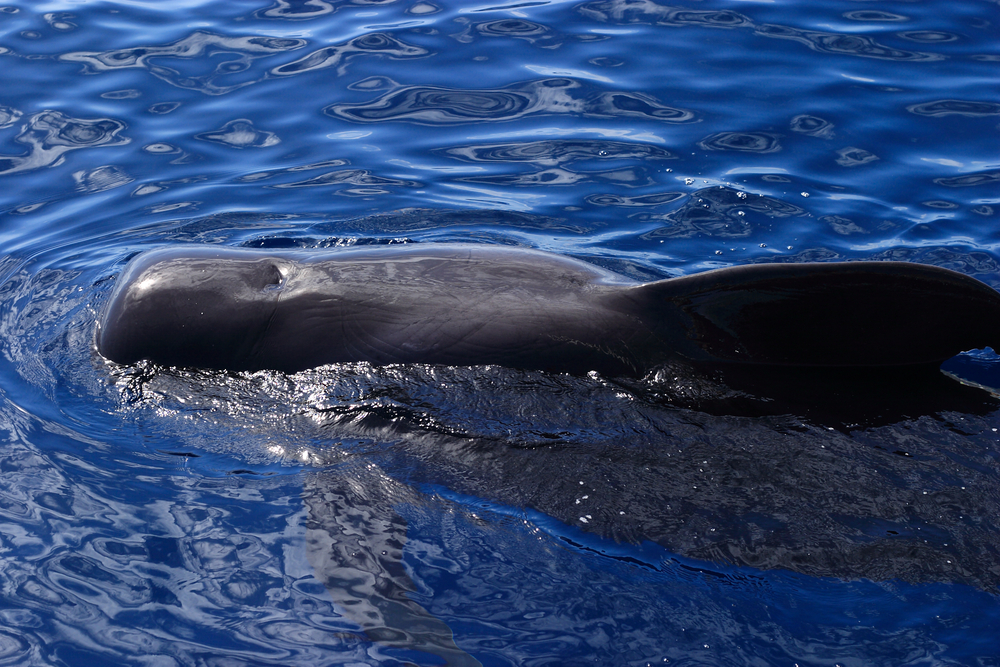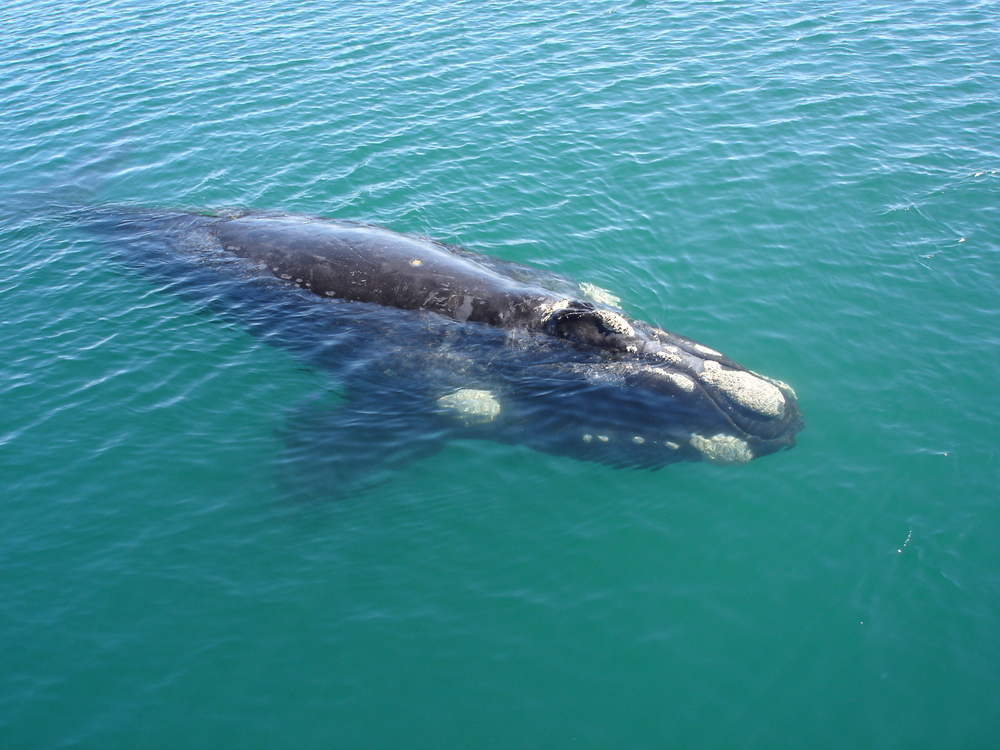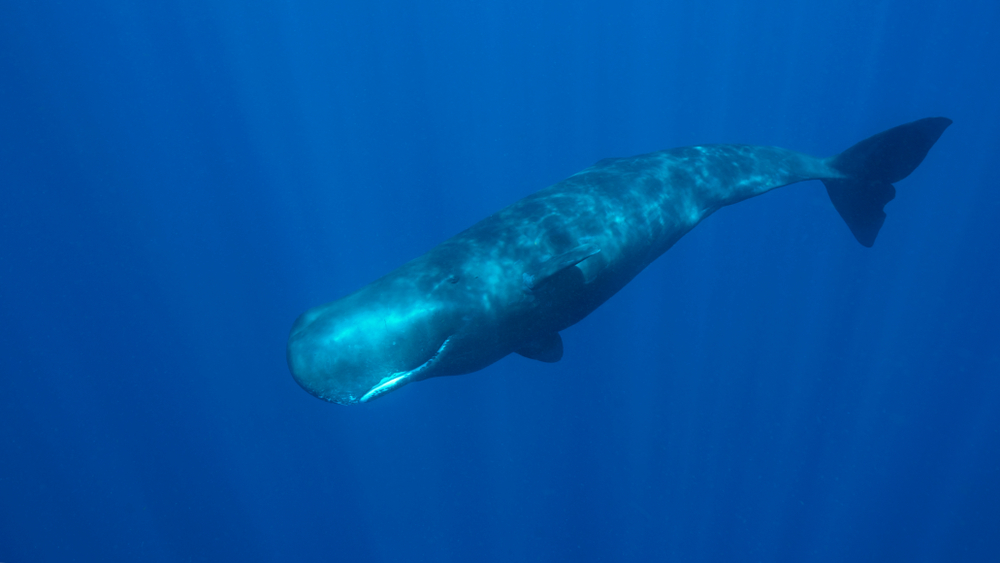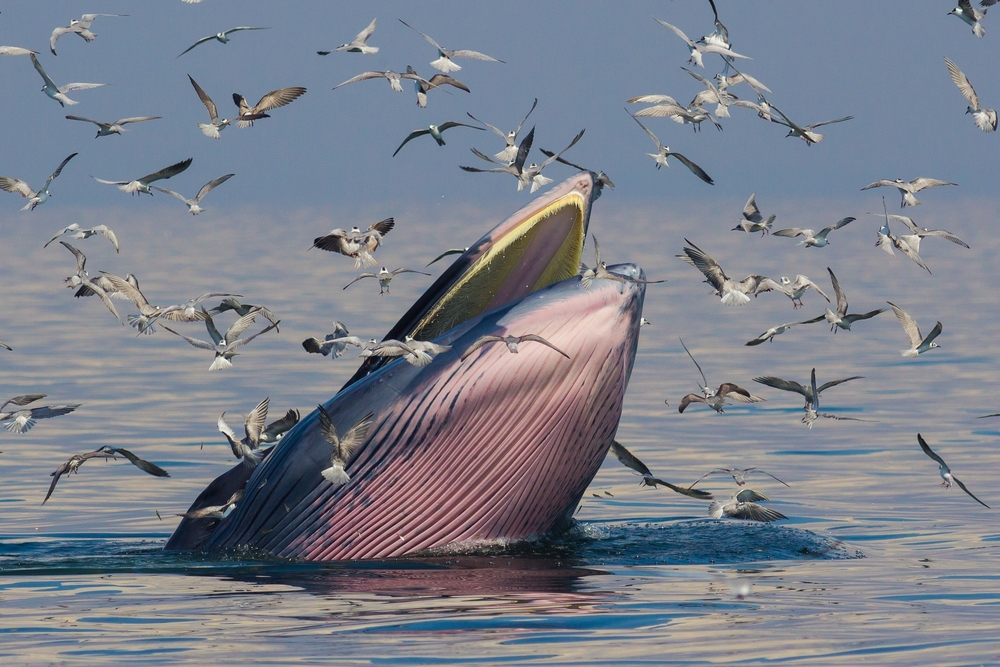About
The Bryde’s Whale (Balaenoptera edeni), pronounced “broodus,” is a medium-sized baleen whale species belonging to the family Balaenopteridae, which includes other large whales such as the blue, fin, and humpback whales. As a member of the order Cetacea, Bryde’s whales are marine mammals, sharing characteristics with dolphins and porpoises, and are classified within the animal kingdom’s class Mammalia.
Bryde’s Whales are characterized by their streamlined bodies, elongated shape, and distinct dorsal fin located about two-thirds along their back. They typically have a dark gray or blue-gray coloration with lighter undersides. These whales can reach lengths of up to 15 to 16 meters (49 to 52 feet) and weigh approximately 12 to 20 metric tons (13 to 22 tons). Despite their large size, Bryde’s Whales are known for their sleek and agile swimming abilities.
The Bryde’s Whale inhabits tropical and subtropical waters around the world, preferring coastal and offshore regions where they can find abundant prey, including small fish, krill, and plankton. They are often observed alone or in small groups, although occasionally they may form larger gatherings during feeding or mating seasons. Bryde’s Whales are active feeders, using a technique known as lunge feeding to engulf large volumes of water and filter out prey using their baleen plates.
Conservation Status
The conservation status of the Bryde’s Whale varies depending on regional populations, but overall, the species is listed as of least concern on the International Union for Conservation of Nature (IUCN) Red List. However, some populations face threats such as habitat degradation, entanglement in fishing gear, collisions with vessels, and noise pollution.
Continued monitoring and conservation efforts, including protected areas, regulations on fishing practices, and mitigation of human impacts, are essential for ensuring the long-term survival of Bryde’s Whales and their ecosystems
Threatened:
Extinct
Critically Endangered
Endangered
Vulnerable
Near Threatened
Least Concern




































































